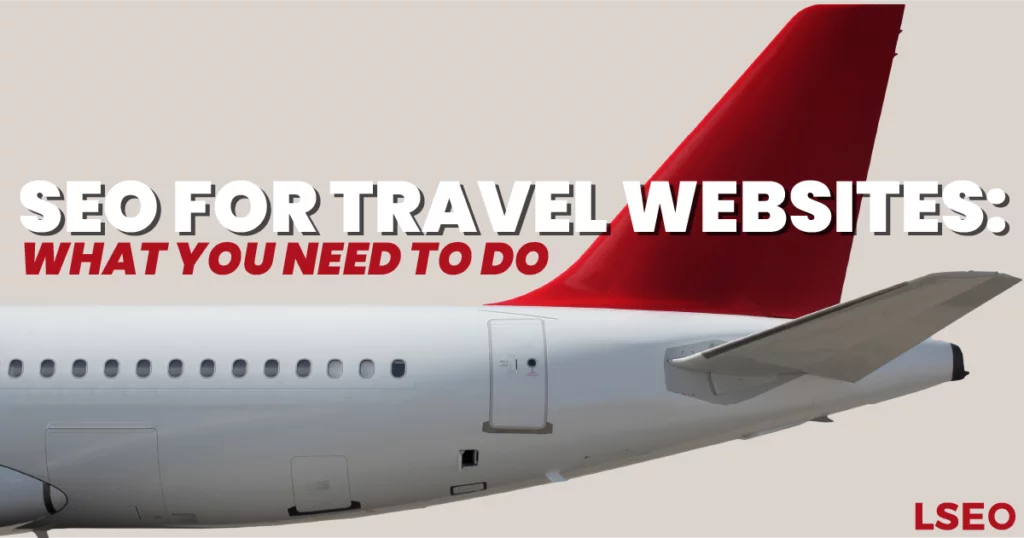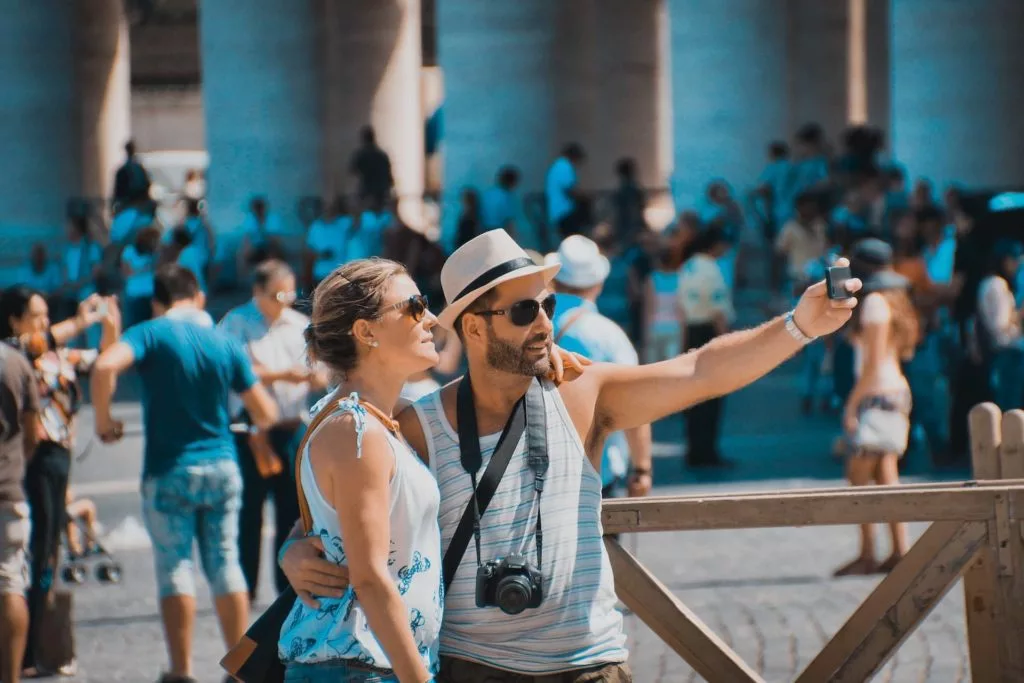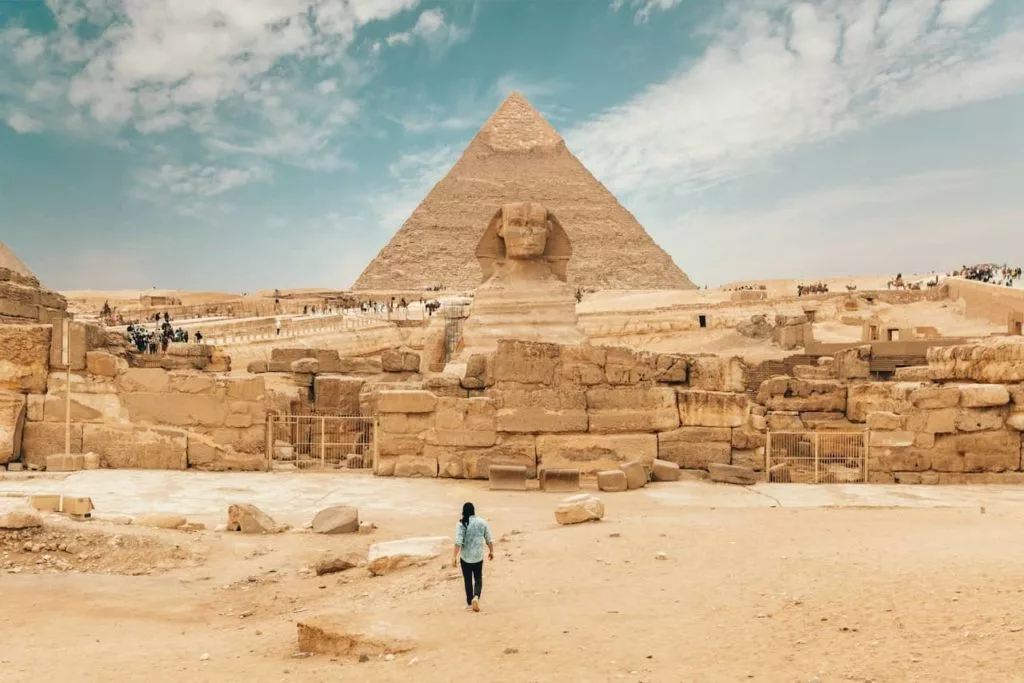
It almost seems like something out of a history book, but it really wasn’t that long ago that people still used in-person travel agents to plan their vacations. To navigate, they had to consult maps and plan their routes. They had to call different airlines to compare ticket prices and layover times. They had to ask friends for recommendations and advice, or buy overpriced guidebooks.
Today, all of those errands can be checked off with a quick visit to one, single location: the Internet. The web is full of travel websites that make it easier than ever to go on a trip, whether it’s across the city, the state, the country, or the globe. That’s both good news and bad news for those who currently run or are interested in starting a travel website.
The good news: the market is simultaneously ripe and evergreen. People always like traveling and they always need help planning their adventures.
The bad news: the market is also extremely competitive. No matter what kind of travel website you’re running, no matter what angle your content takes, no matter what destinations you focus on, you can be certain that there’s someone else out there trying to do the exact same thing.
Staying ahead of the game doesn’t just require doing good work. It also means getting that work out in front of people’s eyeballs. You can create the best, most beautiful, and most informative travel website on Earth, but if people can’t find you through search, then no one will even know that they’re missing out on it.
That’s why SEO for travel websites is so important. Good search engine optimization is what separates the can’t-miss destinations from the many, many tourist traps that dot the roadside of the information superhighway.

Different Kinds of Travel Websites: Where Do You Fit In?
There are as many different kinds of travel websites on the Internet as there are travel destinations on the globe. In general, though, they can be broken down into three main categories: Travel Booking Sites, Travel Blog Sites, and Travel Review Sites.
Essential to building an effective, enterprise-quality SEO strategy is understanding which of these three categories your site falls into. That said, it’s worth noting that the best travel sites are those that combine together elements of all three, at least to an extent.
For example, every travel website, regardless of its primary purpose, should include blog content as part of its travel SEO strategy. Blogs lend themselves to a wide variety of subjects, content types, and keywords, and they are often one of the main drivers of top-of-the-funnel traffic to a website.
To learn more about the three main types of travel websites, click on the buttons below.
Travel Booking Sites
EXAMPLES: Expedia, Kayak, Airbnb, Vrbo
SUMMARY: The most direct, utilitarian category of travel websites is the Travel Booking Site. This category includes websites designed first and foremost to help travelers find and compare rates for hotels, vacation rentals, airfare, rental cars, and other travel expenses.
In many cases, Travel Booking Sites act as the modern-day equivalent of in-person travel agents. Managing SEO for travel websites that focus on booking is complex, as this is one of the visible and competitive sectors of the travel industry. Many booking sites benefit from being enterprise-level businesses with well-established brands.
Travel Blog Sites
EXAMPLES: NomadicMatt, My Global Viewpoint, Uncornered Market
SUMMARY: As noted previously, every travel website should have blog content for SEO purposes. For many websites, though, blogging isn’t just part of their SEO strategy; it’s their meat and potatoes.
The category of Travel Blog Sites is by far the most diverse and varied of the three main styles, encompassing everything from online travel diaries, how-to guides, product recommendations, and more. SEO for travel blogs, therefore, often offers the greatest possibility, providing numerous points of entry for a broad cross-section of users.
Travel Review Sites
EXAMPLES: Tripadvisor, Cruisecritic, Yelp, Tripsavvy
SUMMARY: The main function of Travel Review Sites is to help travelers determine if a certain experience is right for them. This is done either by posting reviews written by a designated staff of writers or by allowing users to post, share, and browse reviews by themselves and others.
Typically, a Travel Review Site will focus on a few specific types of experiences, such as rental cabins, restaurants, or transportation services. Some, however, will feature reviews for a wide variety of businesses. Online reviews are highly shareable, giving these sites a built-in edge when it comes to travel SEO.
Travel SEO: 5 Tips & Tricks Every Webmaster Can Use
Although the precise nature of your travel SEO strategy will change based on what kind of site you run and who your target audience is, the principles of good SEO for travel websites remain the same no matter what.
At the end of the day, whether you operate a booking site, blog site, or review site, your goal is always the same: to improve your search rankings, which in turn will help draw in more visitors, which helps improve your search rankings, and so on… and so on… and so on…
Fortunately, there are a few useful tips and tricks that can act as a roadmap to help you find your way. Below are five that we here at LSEO have found indispensable.
Focus On Long-Tail Keywords to Drive Conversions
Keywords should be the vertebrae in the backbone of every travel website SEO strategy. Two of the biggest mistakes that travel sites make with their keywords is going too general and too obvious. In other words, their content targets keywords that are already highly competitive.
The most successful travel keywords for SEO are the ones that attract visitors who are already deep in the sales funnel, the ones who are looking for something specific. In other words, they’re not looking for “Pennsylvania attractions.” They’re looking for “cheap Pennsylvania attractions for the whole family” or “pet-friendly outdoor Pennsylvania attractions.”
These kinds of long-tail keywords offer higher conversion rates and lower levels of search competition. That makes them easier to rank for, with the added bonus of shrinking your visitor bounce rate.
Travel Site Users Are Mobile, So Be Mobile-Friendly
Yes, that’s a lame pun… but it’s a lame pun built around a kernel of truth. Mobile devices are increasingly the primary way users of all kinds search the web for content, and that includes travel site users. What’s more, if you want users to refer back to your site while they’re on the road, optimizing to be as mobile-friendly as possible is key.
That means creating a responsive design that automatically tailors your layout to accommodate the dimensions of whatever device your visitors are using. It also means prioritizing user experience by simplifying navigation, reducing unnecessary interstitials, compressing images, reducing page load time, and ensuring that your text is easy to read.
Destination Landing Pages Provide A Point-Of-Entry
Every geographical location, no matter how big or small, can be broken down into a number of highly specific subcategories. The US can be divided up into 50 states, for instance, while a single state can be divided into counties and major cities. Even portions of a single town can be separated based on their location: downtown, the north end, the historic district, etc.
What’s the point of me telling you this? It’s to help you consider all the different ways you can provide visitors with a point-of-entry for more specialized content. If you have dozens of pieces of content focusing on different cities on the American East Coast, for instance, then you can link to all of them by creating a landing page for the American East Coast.
Location-based landing pages can be a great jumping-off point for top-of-the-funnel users trying to get an idea of all their options. Additionally, they allow you to target more keywords while also strengthening your internal link structure.
Strong Visuals Are Integral to Good Travel Content
A picture is worth a thousand words, right? That’s especially true in the travel market, where the biggest draw for many destinations is their scenic beauty and unique sightseeing attractions. It’s hard to capture this through words alone, and it’s almost impossible to attract web users without including eye-catching photos.
Strong, unique visuals push visitors deeper into the funnel, while also increasing dwell time. As an added bonus, properly titling your images and giving them descriptive alt text helps increase your search engine rankings. It also increases the likelihood of your content appearing in Google Images search results, which can provide a huge boon to traffic.
Referral Links Represent A Win/Win For Everyone
One of the biggest factors that search engines consider when ranking a page is how many inbound links that page receives from trusted, high-quality sites. That makes link building a critical part of maximizing your travel website SEO efficacy.
The best way to link build is to engage with other members of the community and develop mutually beneficial relationships. One way to do this is through the use of referral links. These are unique URLs that can be tracked, so the linked site can see exactly how much traffic is coming from a specific source.
In the world of travel SEO, referral links are usually provided to blog sites by booking or product sites, with the former receiving payment for helping improve traffic for the latter. This is beneficial for both sides of the transaction. In addition to compensation, bloggers receive more traffic for deal-hunters, and booking and products sites improve both their conversions and their ranking.

LSEO Is Your Destination For Travel Website SEO Expertise
You could travel the world in 80 days and 80 ways, but if you want to be a success online, all roads lead back to the importance of travel website SEO. The information outlined above and (in our other blogs) is a surefire way to drastically improve your search engine rankings over time.
That said, mastering SEO for travel websites is a full-time job. Here at LSEO, we know how much time, effort, and research goes into running a travel site. We put the same amount of time, effort, and research into our own work as digital marketing experts. Let us help you achieve your vision for the future.
For professional travel SEO assistance, look no further than the dedicated and knowledgeable staff at LSEO. Contact us today to schedule an appointment and learn more about what we can do for you!
